Home>Construction & Tools>Building Materials>What To Put Between Brick Pavers
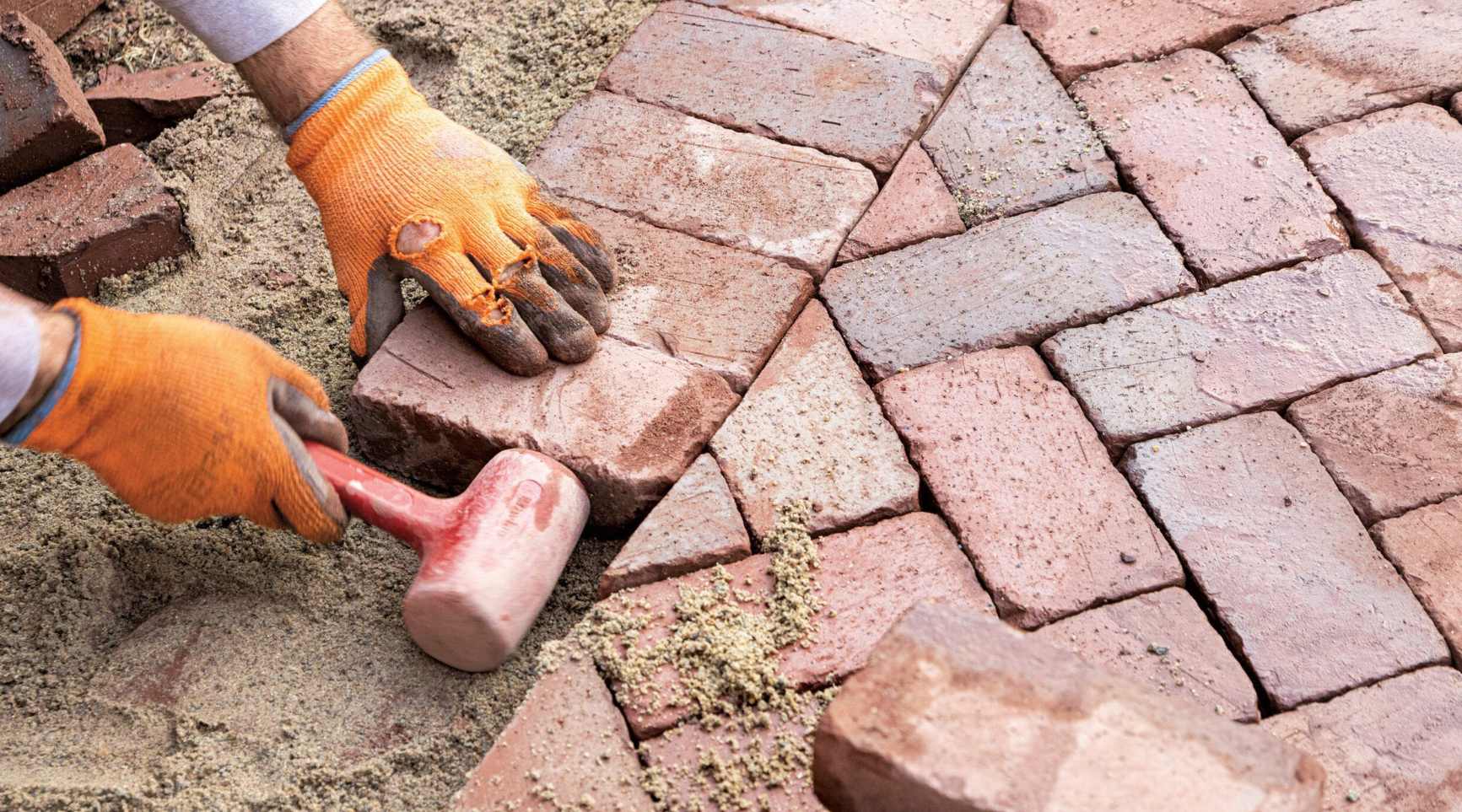

Building Materials
What To Put Between Brick Pavers
Modified: August 31, 2024
Discover the best building materials to use between brick pavers for a durable and long-lasting installation. Explore your options and find the perfect solution for your project.
(Many of the links in this article redirect to a specific reviewed product. Your purchase of these products through affiliate links helps to generate commission for Storables.com, at no extra cost. Learn more)
Introduction
When it comes to installing brick pavers, selecting the right material to place between them is essential for ensuring stability, longevity, and visual appeal. The material you choose should provide a secure foundation while also complementing the overall design of your hardscape. In this comprehensive guide, we will explore various options for filling the gaps between brick pavers, offering insights into the benefits and considerations of each option. Whether you prioritize flexibility, durability, or aesthetics, there’s a suitable material to meet your specific needs.
Key Takeaways:
- Choose the right material like sand, polymeric sand, gravel, concrete, or soil and grass to fill the gaps between brick pavers based on your project’s specific needs and preferences. Consider factors like flexibility, durability, weed resistance, natural aesthetics, and environmental integration to make an informed decision that enhances the functionality and visual appeal of your outdoor hardscape.
- Each material for filling the gaps between brick pavers offers unique benefits and considerations, so carefully evaluate the characteristics and suitability of each option to make an informed decision that enhances the functionality and visual appeal of your brick paver installation.
Read more: What To Put Between Patio Pavers
Sand
One of the most traditional and widely used materials for filling the gaps between brick pavers is sand. This option offers several advantages, making it a popular choice for both DIY enthusiasts and professional installers.
Benefits of using sand between brick pavers include:
- Flexibility: Sand allows for slight shifts and movements, accommodating the natural expansion and contraction of the pavers without causing damage.
- Drainage: It promotes efficient water drainage, preventing the accumulation of moisture that could compromise the stability of the pavers.
- Easy Installation: Filling the gaps with sand is a straightforward process, making it accessible for those with varying levels of experience.
- Cost-Effectiveness: Sand is generally an affordable option, making it a practical choice for large-scale projects.
However, it’s important to consider the potential drawbacks of using sand:
- Erosion: Over time, sand may erode or wash away, necessitating periodic replenishment to maintain the desired level.
- Weed Growth: While sand can inhibit weed growth to some extent, it may not provide as effective a barrier as other materials, potentially requiring additional maintenance.
Ultimately, the decision to use sand between brick pavers depends on the specific requirements of your project and the level of maintenance you are willing to undertake. For those seeking a traditional, versatile, and cost-effective option, sand remains a compelling choice for filling the gaps and enhancing the overall appeal of brick paver installations.
Polymeric Sand
For those seeking a more advanced alternative to traditional sand, polymeric sand offers a compelling solution for filling the gaps between brick pavers. Composed of fine sand particles combined with polymers, this material is designed to provide enhanced stability and longevity, addressing some of the limitations associated with standard sand.
Key advantages of using polymeric sand include:
- Enhanced Durability: The binding agents in polymeric sand create a firm, solid barrier that resists erosion and washout, ensuring long-term stability for the paver installation.
- Weed Prevention: Polymeric sand is formulated to inhibit weed growth, reducing the need for frequent maintenance and weed removal between the pavers.
- Improved Joint Stabilization: The polymers in this specialized sand help lock the pavers in place, minimizing shifting and maintaining a uniform appearance over time.
- Moisture Resistance: Polymeric sand is designed to repel water, preventing the formation of puddles and minimizing the risk of water-related damage to the paver system.
Despite these advantages, it’s important to note that polymeric sand may not be suitable for all projects. Consider the following factors before opting for this material:
- Application Complexity: Properly installing polymeric sand requires attention to detail and adherence to specific application guidelines, making it more challenging for DIY enthusiasts without prior experience.
- Cost Considerations: While polymeric sand offers numerous benefits, it typically comes with a higher price tag compared to traditional sand, impacting the overall project budget.
- Color Selection: Polymeric sand is available in various colors, allowing for customization to match the pavers. However, the selection process requires careful consideration to achieve the desired aesthetic result.
When seeking a durable, low-maintenance solution with advanced joint stabilization and weed resistance, polymeric sand stands out as a valuable option for filling the gaps between brick pavers. By weighing the benefits and considerations, you can determine whether this innovative material aligns with the specific requirements and objectives of your project.
Gravel
While sand and polymeric sand are commonly used for filling the gaps between brick pavers, gravel presents an alternative option that offers unique benefits and visual appeal. Comprising small, coarse stones, gravel can be an excellent choice for certain hardscape designs and outdoor environments.
Consider the following advantages of using gravel between brick pavers:
- Drainage Enhancement: Gravel promotes excellent water drainage, making it an ideal choice for areas prone to heavy rainfall or standing water.
- Natural Aesthetics: The texture and earthy tones of gravel can complement various outdoor settings, providing a rustic, naturalistic charm to the paver installation.
- Low Maintenance: Unlike sand, gravel is less susceptible to erosion and displacement, reducing the need for frequent replenishment and maintenance.
- Stability: When properly compacted, gravel creates a stable foundation for the pavers, minimizing shifting and settling over time.
However, it’s important to recognize the potential drawbacks of using gravel as a joint filler:
- Weed Management: While gravel can inhibit weed growth to some extent, it may require additional measures, such as the use of landscape fabric, to prevent persistent weed intrusion.
- Uneven Surface: In high-traffic areas or under heavy loads, gravel may shift and create an uneven surface, requiring periodic leveling to maintain a smooth and uniform appearance.
- Compatibility: The selection of gravel must align with the overall design and intended use of the paver area, ensuring that it complements the surrounding landscape and architectural elements.
When exploring the use of gravel between brick pavers, it’s essential to assess the specific requirements of your project and the desired visual and functional outcomes. By considering the unique characteristics of gravel and its compatibility with your hardscape design, you can determine whether this material offers the ideal solution for filling the gaps and enhancing the overall aesthetic appeal of your outdoor space.
Consider using polymeric sand between brick pavers. It hardens when wet, reducing weed growth and preventing pavers from shifting. Just sweep it into the joints and mist with water.
Concrete
When considering options for filling the gaps between brick pavers, concrete emerges as a durable and versatile material that offers several advantages for hardscape installations. While it differs from traditional joint fillers like sand and gravel, concrete presents unique characteristics that can enhance the structural integrity and visual appeal of the paver system.
Explore the benefits of using concrete as a joint filler:
- Structural Stability: Concrete provides a solid and stable foundation for the pavers, minimizing shifting and settling over time, especially in high-traffic areas.
- Customization: With concrete, you have the flexibility to create custom designs, patterns, and textures within the joints, adding a personalized touch to the overall hardscape aesthetic.
- Longevity: When properly installed and maintained, concrete offers exceptional durability, withstanding environmental elements and regular use without significant deterioration.
- Weed Resistance: Concrete effectively inhibits weed growth between the pavers, reducing the need for ongoing maintenance and weed removal.
However, it’s important to consider the following factors before choosing concrete as the joint filler for your brick pavers:
- Installation Complexity: Properly pouring and finishing concrete within the joints requires skill and precision, making it more challenging for DIY enthusiasts without prior experience in concrete work.
- Expansion Joints: In areas with significant temperature fluctuations, the use of concrete as a joint filler may necessitate the incorporation of expansion joints to accommodate thermal movement and prevent cracking.
- Surface Finish: The appearance and texture of the concrete joints should align with the overall design aesthetic, requiring careful consideration during the installation process.
By evaluating the specific requirements of your project and the desired visual and functional outcomes, you can determine whether concrete offers the ideal solution for filling the gaps between brick pavers. Whether seeking structural stability, customization options, or long-term durability, concrete presents a compelling option for enhancing the overall appeal and performance of your outdoor hardscape.
Read more: What Is A Brick Paver
Soil and Grass
For those seeking a more natural and organic approach to filling the gaps between brick pavers, the combination of soil and grass presents an unconventional yet visually striking option. This alternative method offers a seamless integration of hardscape and landscape elements, creating a harmonious transition between the paved surface and surrounding greenery.
Explore the unique benefits and considerations of using soil and grass between brick pavers:
- Natural Aesthetics: The integration of grass and soil softens the appearance of the hardscape, introducing a lush and organic element that blends seamlessly with the outdoor environment.
- Environmental Integration: This approach allows for the incorporation of green spaces within the paved area, promoting biodiversity and ecological balance within the landscape.
- Thermal Regulation: The presence of grass and soil helps moderate surface temperatures, contributing to a cooler and more comfortable outdoor environment, especially during hot weather.
- Stormwater Management: The permeable nature of soil and grass facilitates water absorption, reducing runoff and supporting sustainable drainage practices.
However, it’s important to consider the potential challenges and maintenance requirements associated with this approach:
- Weed Control: Maintaining a well-manicured grass surface between the pavers requires ongoing weed management and regular maintenance to prevent overgrowth and maintain a neat appearance.
- Soil Erosion: In areas with heavy foot traffic or exposure to elements, soil erosion may occur, necessitating measures to stabilize the soil and prevent displacement.
- Design Compatibility: The integration of soil and grass should align with the overall landscape design, ensuring that it complements the surrounding elements and serves as a cohesive feature within the outdoor space.
By carefully assessing the specific requirements of your project and the desired aesthetic and functional outcomes, you can determine whether the incorporation of soil and grass between brick pavers offers a captivating and sustainable solution for your outdoor environment. Whether seeking a seamless blend of hardscape and greenery, environmental integration, or natural aesthetics, this approach presents an innovative and visually compelling option for enhancing the overall appeal of your outdoor space.
Conclusion
Choosing the right material to fill the gaps between brick pavers is a crucial decision that significantly impacts the overall stability, aesthetics, and maintenance requirements of your outdoor hardscape. Each option offers unique benefits and considerations, allowing you to tailor the choice to align with your specific project objectives and preferences.
From the traditional versatility of sand to the advanced stability of polymeric sand, the natural charm of gravel, the durability of concrete, and the organic integration of soil and grass, there’s a diverse range of options to explore. By carefully evaluating the characteristics and suitability of each material, you can make an informed decision that enhances the functionality and visual appeal of your brick paver installation.
Whether prioritizing flexibility, durability, weed resistance, natural aesthetics, or environmental integration, the selection of the ideal joint filler should reflect your unique vision for the outdoor space. Additionally, considering factors such as installation complexity, maintenance requirements, cost considerations, and long-term performance can guide you toward the most suitable choice for your specific needs.
Ultimately, the material you choose to place between brick pavers should not only provide a stable foundation but also contribute to the overall beauty and functionality of your outdoor environment. By weighing the benefits and considerations of each option, you can embark on your paver project with confidence, knowing that the selected material will enhance the longevity and visual appeal of your hardscape for years to come.
Frequently Asked Questions about What To Put Between Brick Pavers
Was this page helpful?
At Storables.com, we guarantee accurate and reliable information. Our content, validated by Expert Board Contributors, is crafted following stringent Editorial Policies. We're committed to providing you with well-researched, expert-backed insights for all your informational needs.
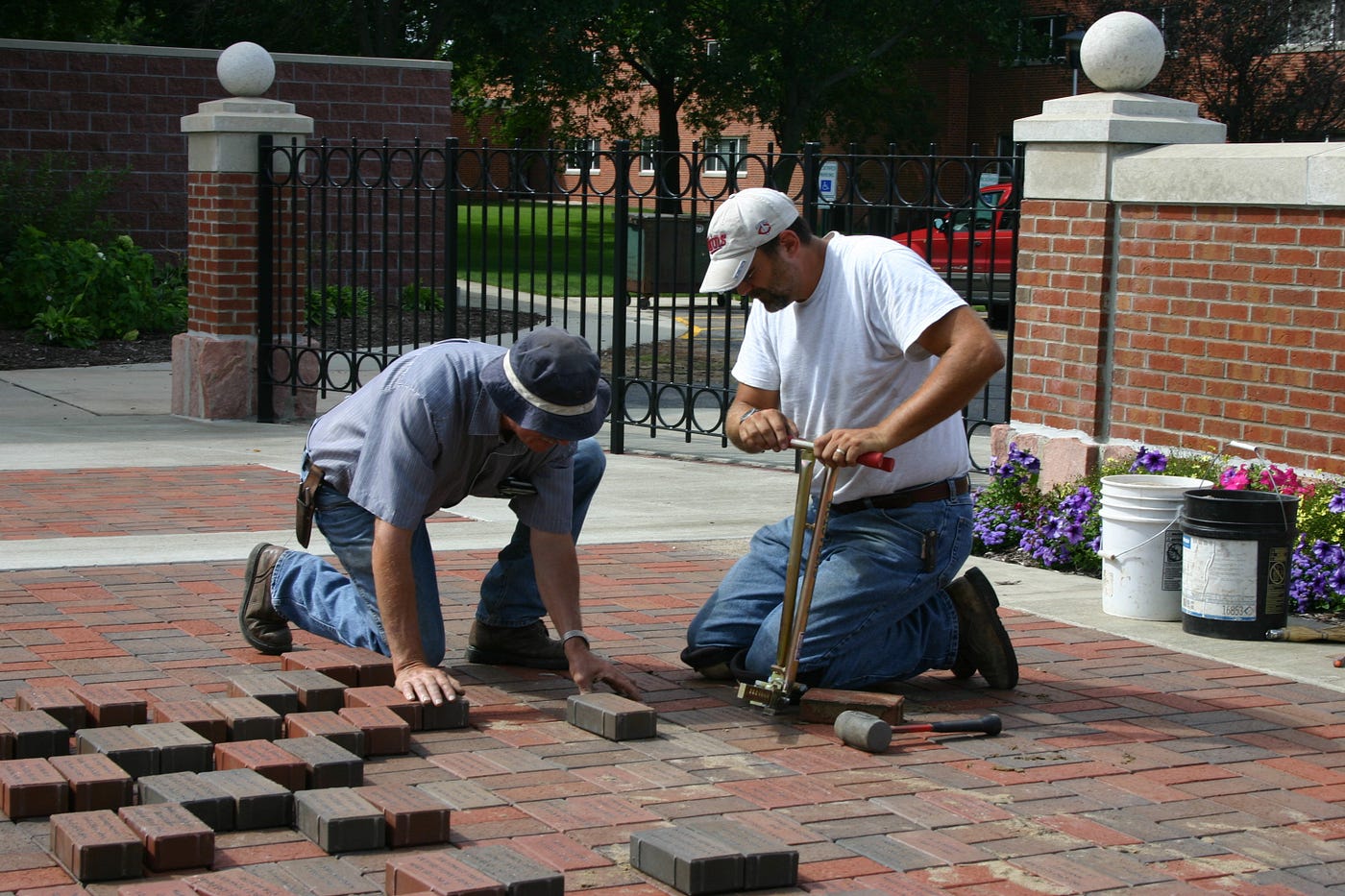
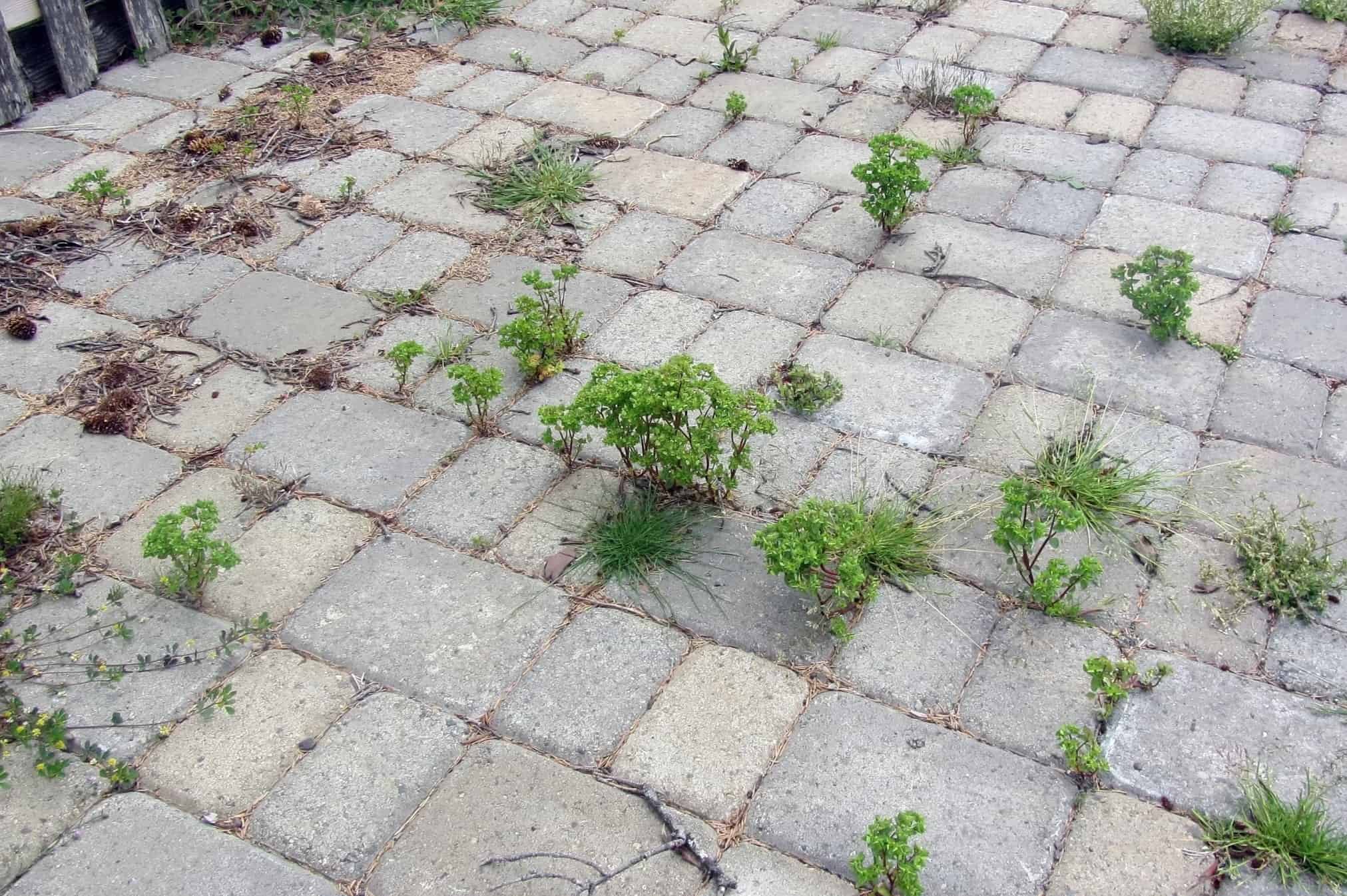
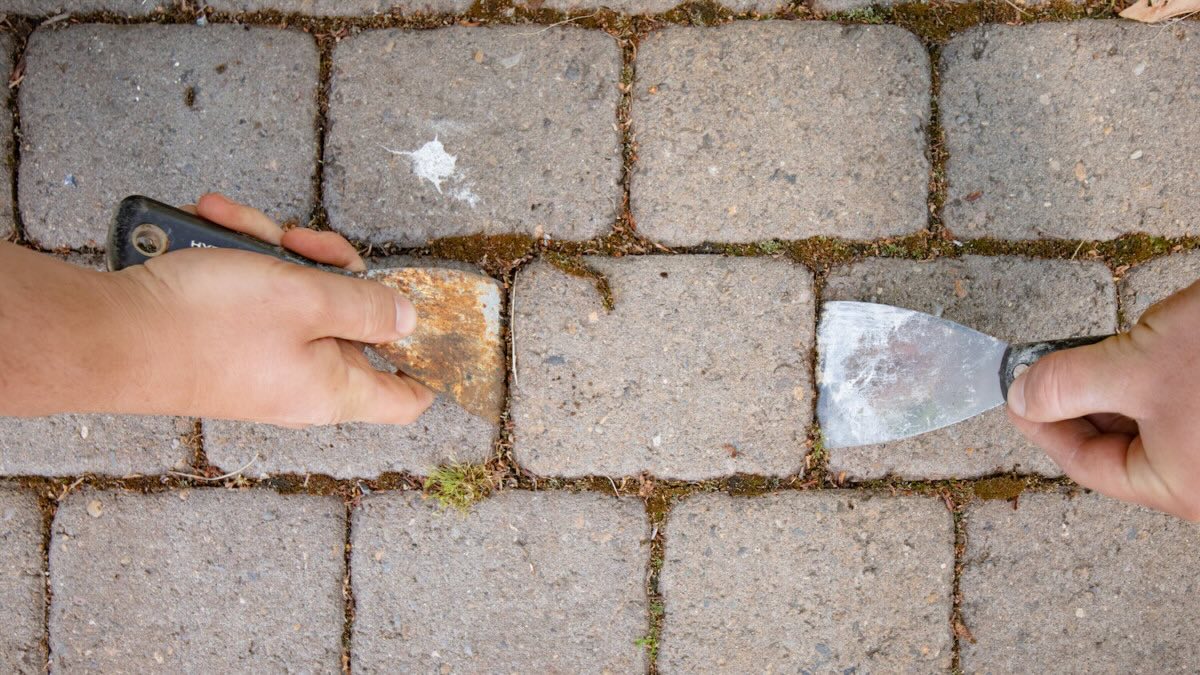
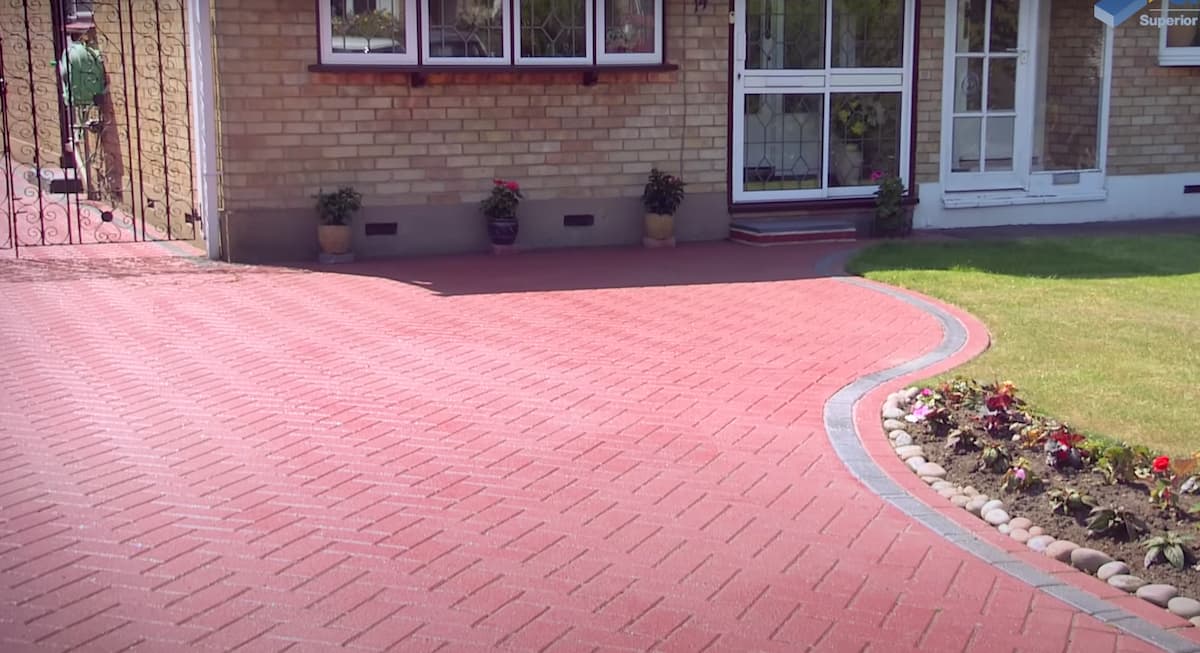
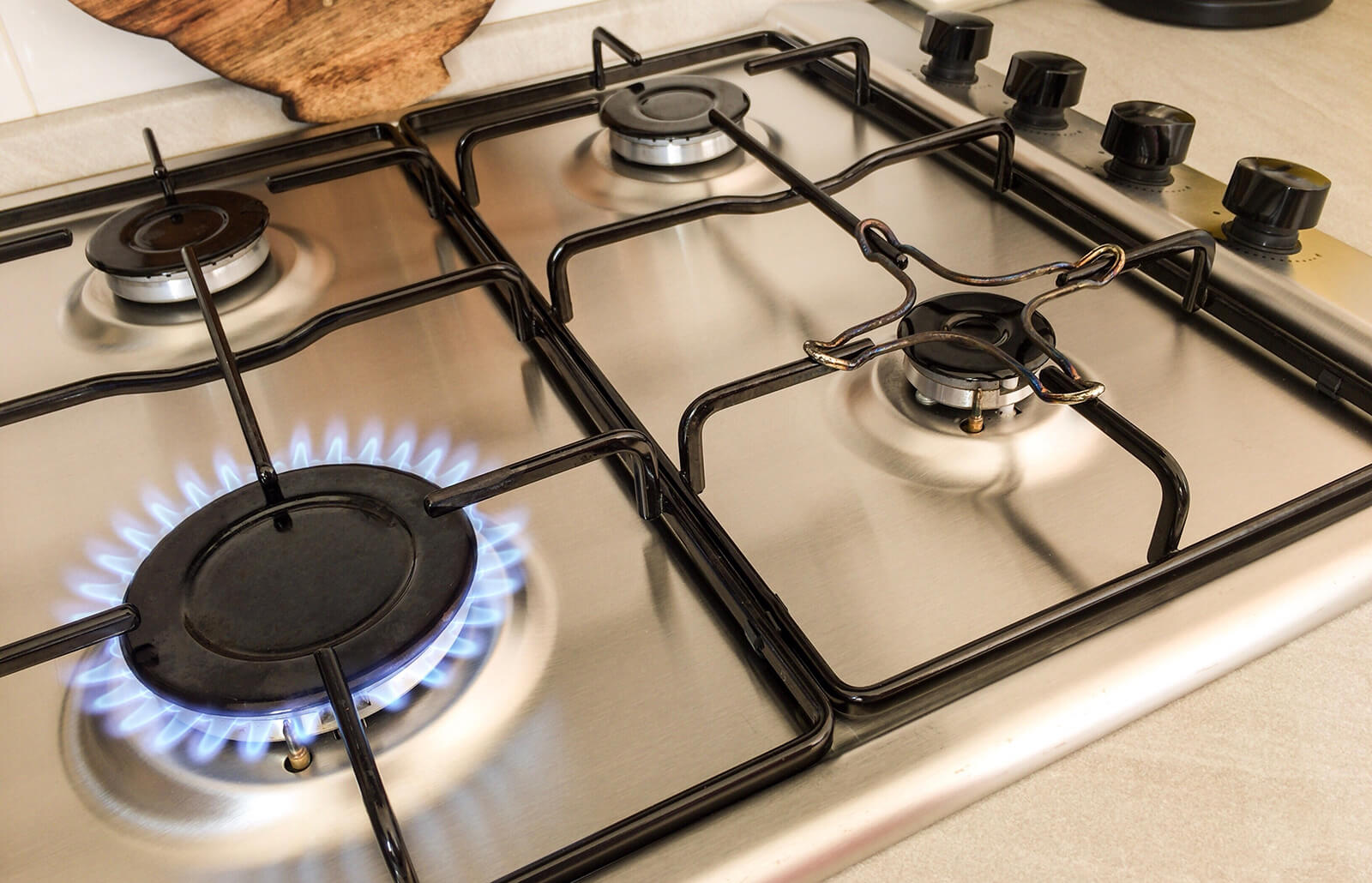
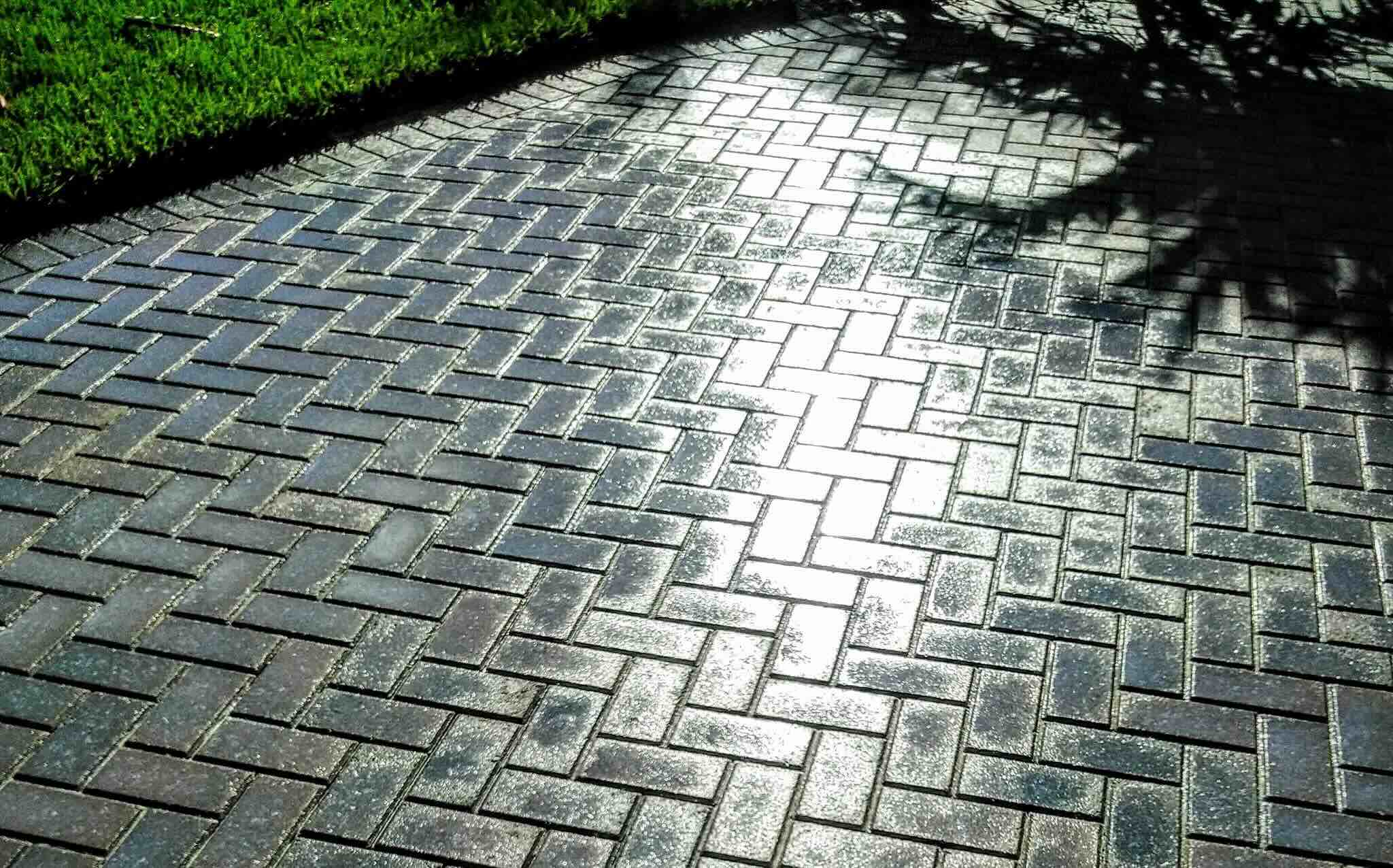
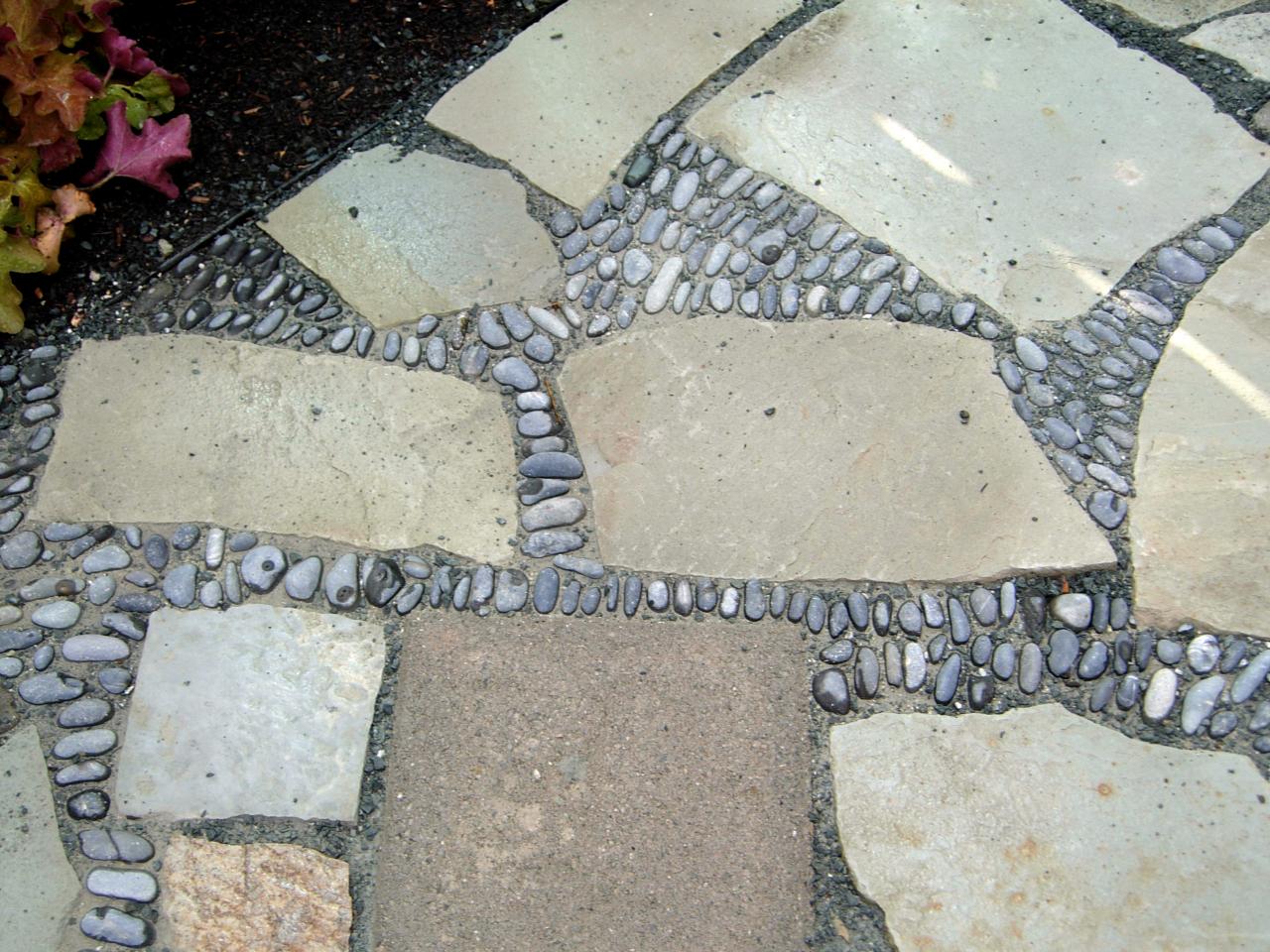

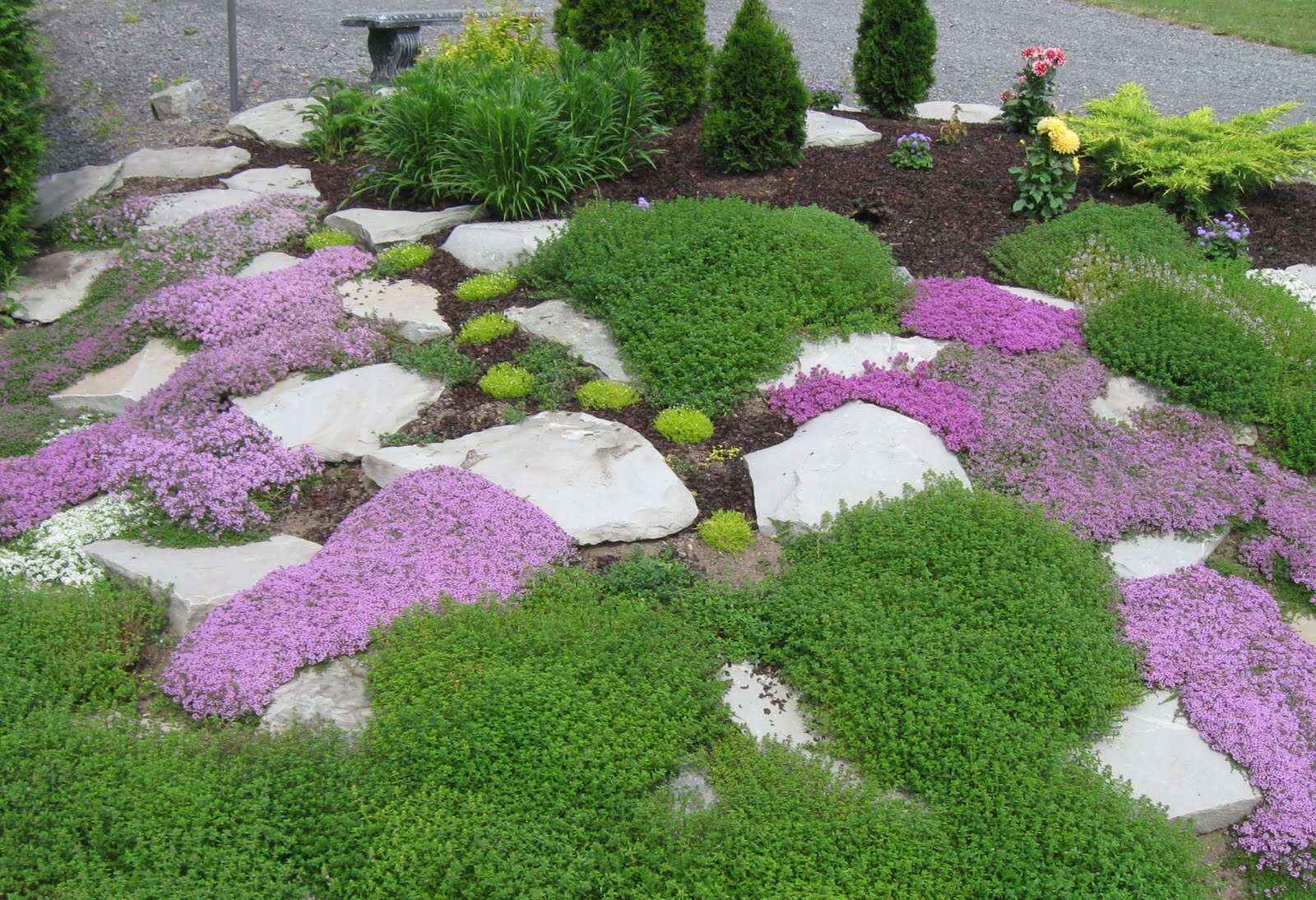
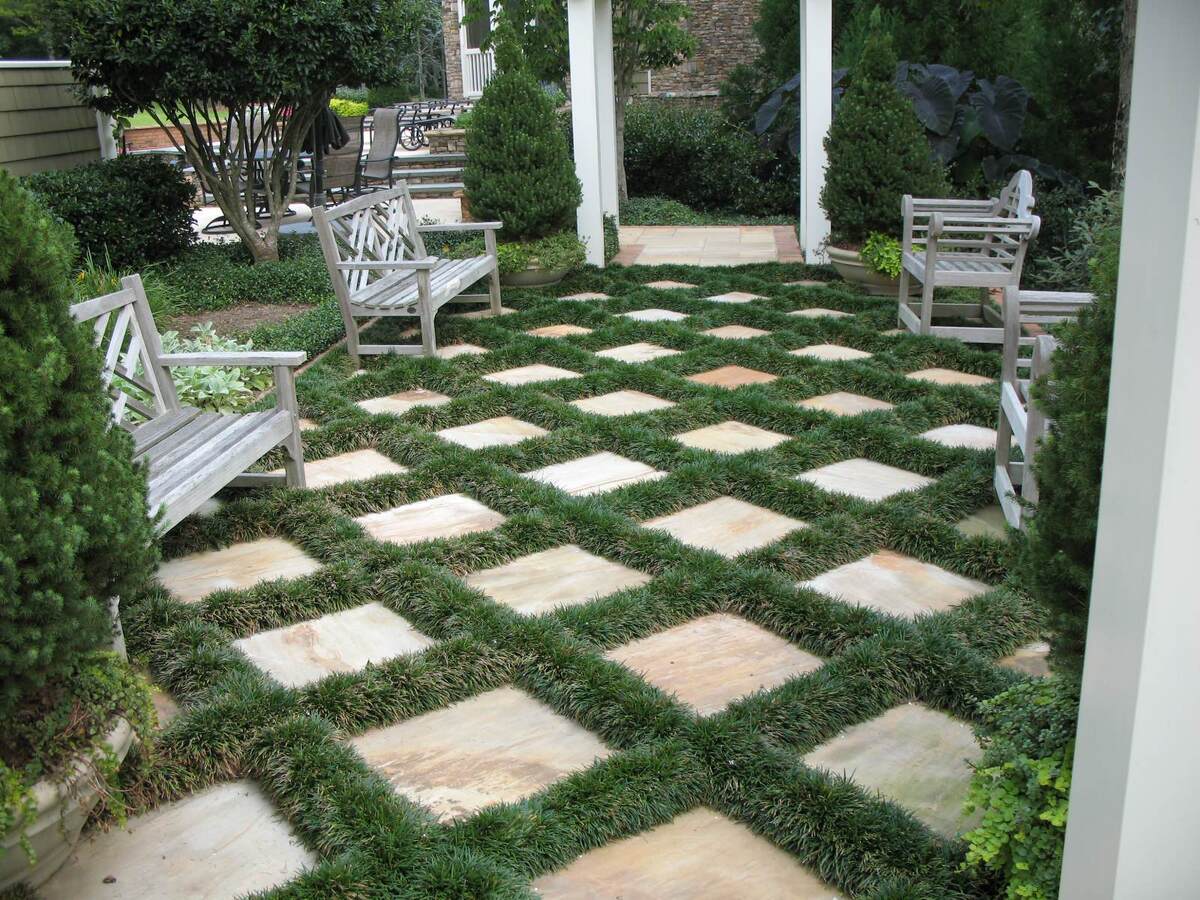
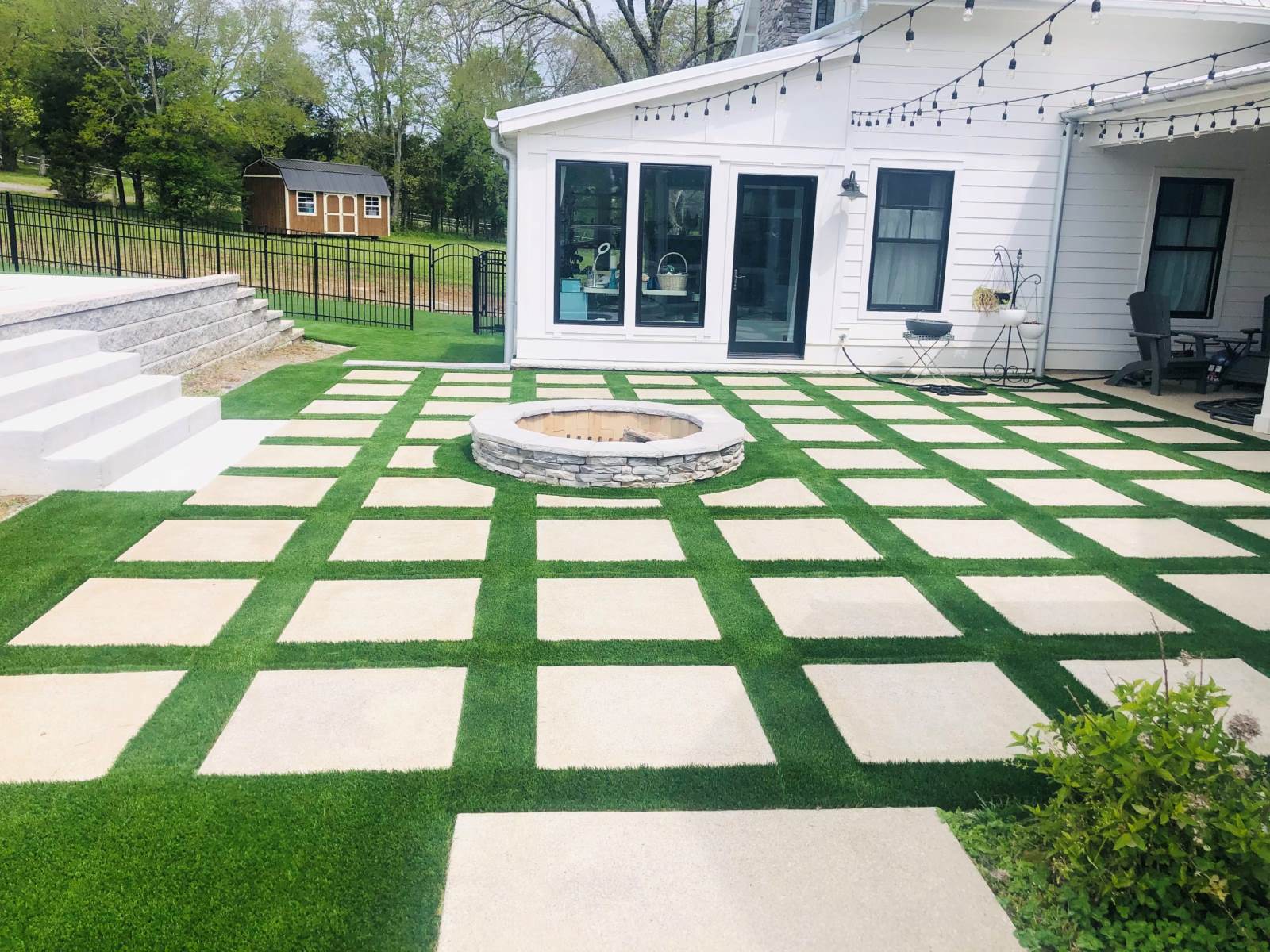
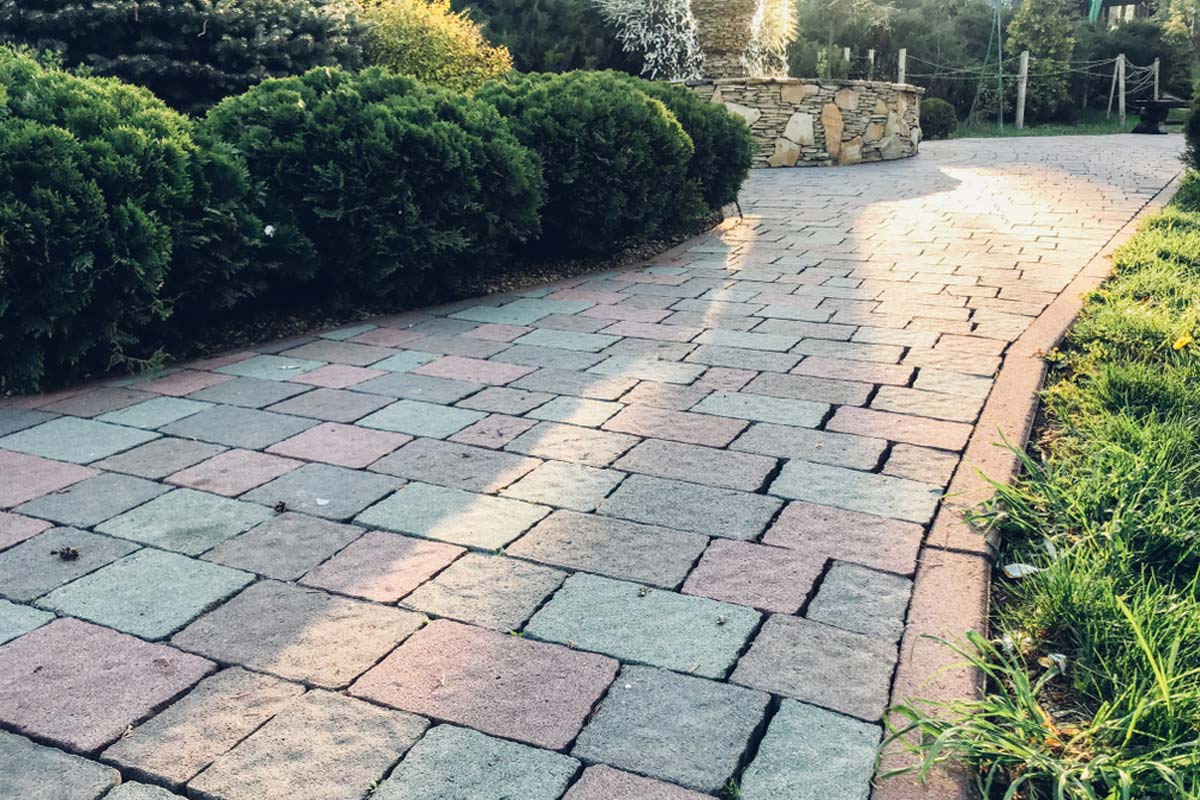
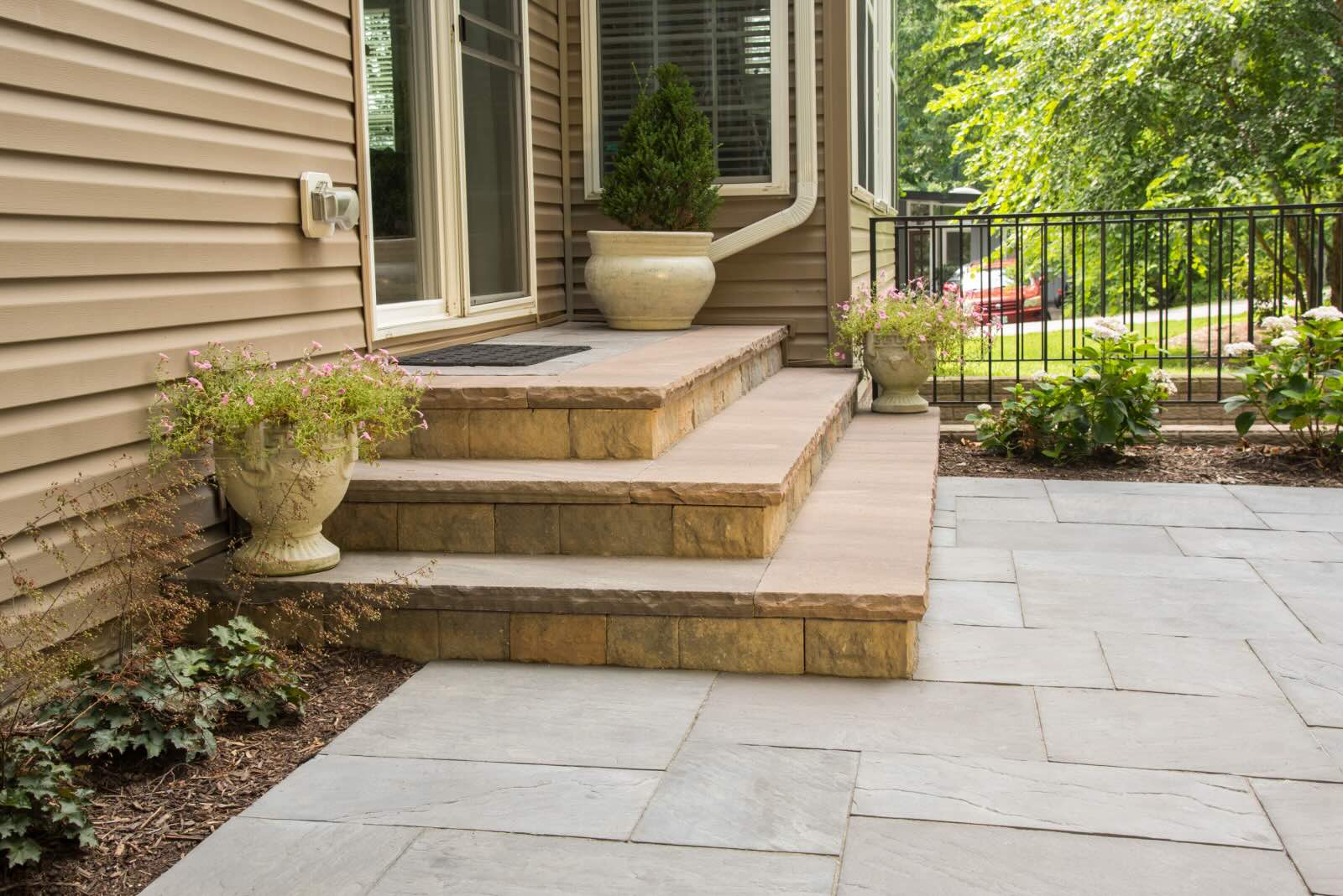
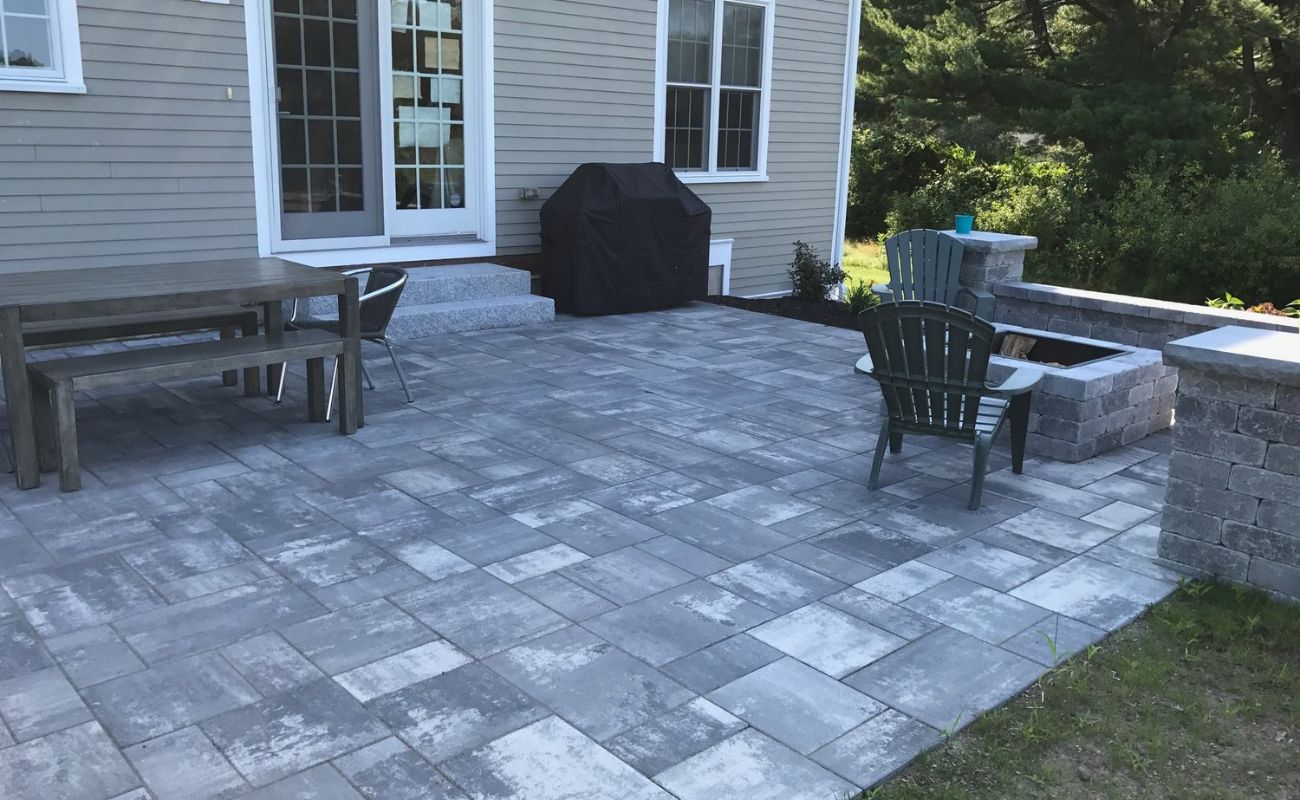

0 thoughts on “What To Put Between Brick Pavers”